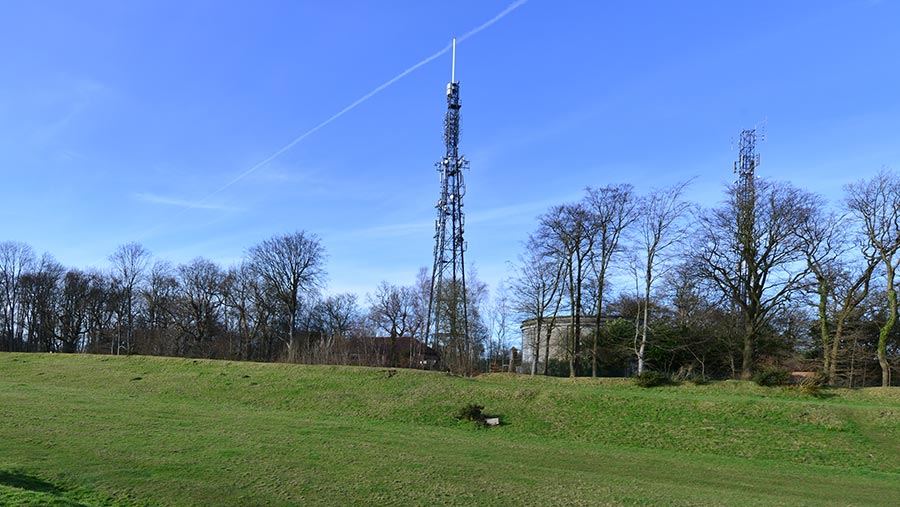Telecoms court case considers effect of incentive payments
 © Paul Briden/Adobe Stock
© Paul Briden/Adobe Stock
A new court case has offered additional insight into how rents for mobile phone masts should be determined, according to the Central Association of Agricultural Valuers (CAAV).
The Electronic Communications Code was introduced in December 2017 and, since then, mobile phone operators and landowners have been locked in an ongoing battle over what constitutes a fair rental value for a telecoms site.
The code was supposed to help improve the digital economy and connectivity by giving operators new rights to secure greenfield and rooftop sites for telecoms equipment.
See also: Process to set rent for masts outlines to help avoid disputes
However, land agents argue it is instead being used to put significant downward pressure on the rents for existing mast sites, where the rent payable under a new tenancy should be determined under the terms of the Landlord and Tenant Act 1954, rather than the less-attractive terms for landowners set out in the code.
Jeremy Moody, CAAV secretary and adviser, said the latest development was a recent case which highlighted that incentive payments offered by operators should form part of lease negotiations, despite them often being hidden from view.
The case, EE Ltd and Hutchison 3G UK Ltd v R Morriss, DH Tayler and Pippingford Estate Co, noted that capital payments, known as early completion incentive payments (Ecips) are now almost routinely paid to site providers in order to secure new leases.
“While Ecips are generally subject to confidentiality clauses and operators have resisted their publication, the court required disclosure of evidence as to their use in mast lease transactions,” said Mr Moody.
“This became a major factor in the court’s determination of an annual rent of £3,500 on the renewal of a lease, having settled its terms.”
Case history
The site operator originally sought to reduce the rent paid to the Pippingford Park Estate in East Sussex from £7,757/year – plus a cut of the rent the operator made from site sharing with other companies – down to £300/year when trying to negotiate a new 10-year lease for the site.
Their expert later submitted evidence that £950/year was more appropriate, and finally suggested £1,200/year was a suitable rent.
Meanwhile, the landowner argued that an annual rent of £12,000 was more appropriate, given the operator was benefitting from site sharing.
With the parties unable to agree, it fell to the court to determine the rent.
Secret details
Mr Moody said a significant feature of the case was the court’s consideration of Ecips, with the court forcing operators to expose extensive evidence of previously secret details about their use.
The court noted that operators were paying Ecips that were consistently about £15,000, accompanied by lower rents.
However, were £15,000 to be paid in annual instalments over 10 years rather than as an initial lump sum, the figure required to give the same value would be higher than a simple tenth.
On this basis, the rent awarded was £3,500/year.
Mr Moody said requiring disclosure of Ecips and taking a real-world view of them as premiums to be considered in rent negotiations was a significant development.
“Having established that the use of premiums, previously hidden from the court and the tribunal, is a consistent feature of the marketplace, with published rents adjusting to them, it seems reasonable to apply this approach to other mast site assessments.”
Judge Rodger QC, who presided over the case, noted in his judgment that since the introduction of the code, relations between site providers and operators have become polarised and highly adversarial.
